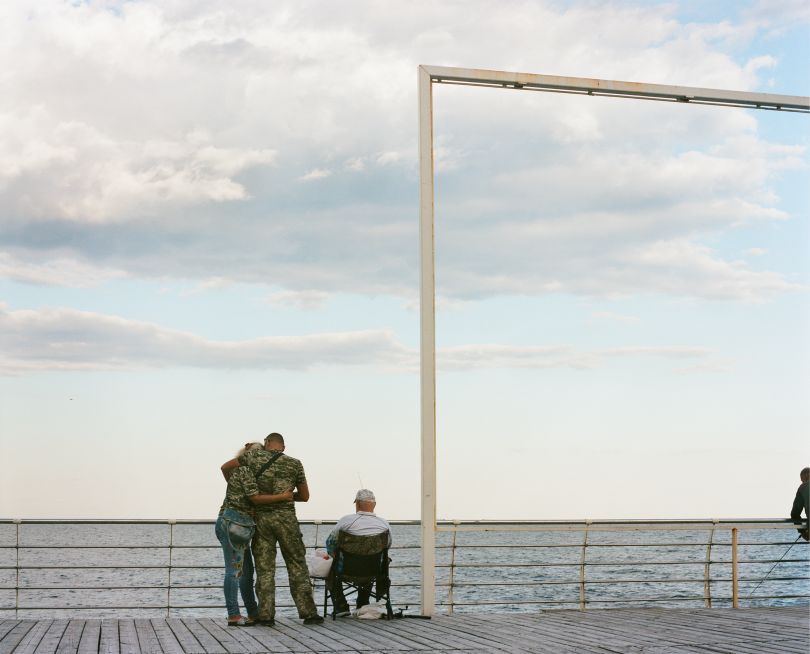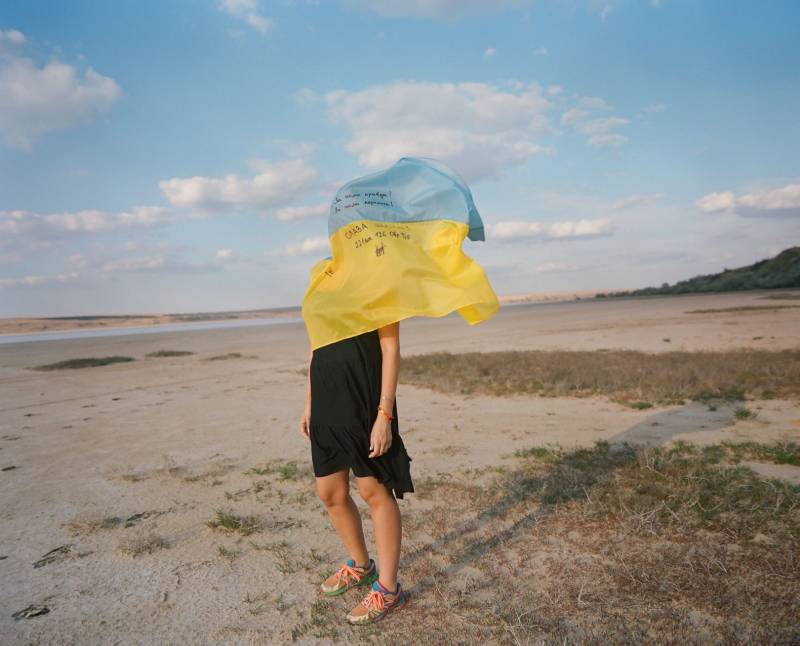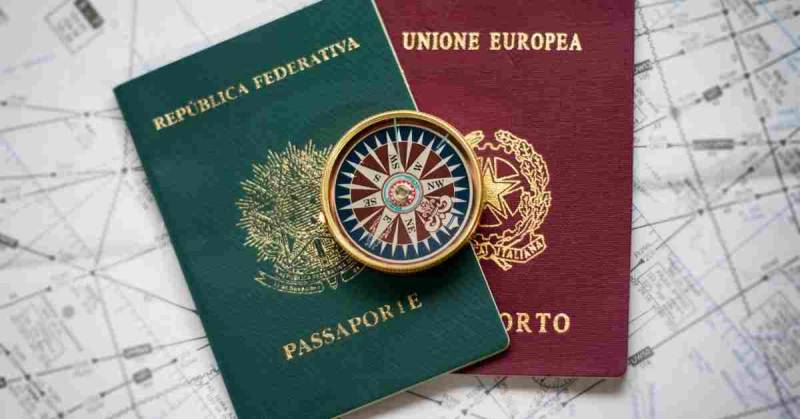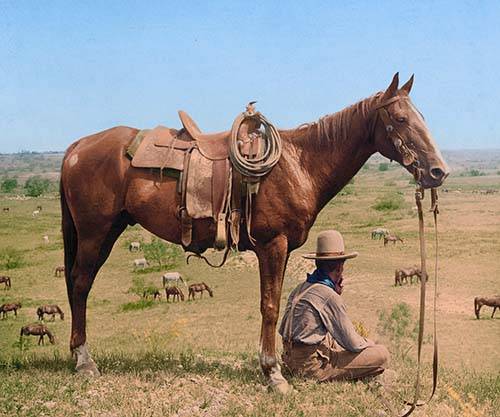Ukrainian photographer Ira Lupu travelled from New York to her homeland at the start of the year to help her mother leave the country. While there, she captured a unique portrait of a home that has changed forever.
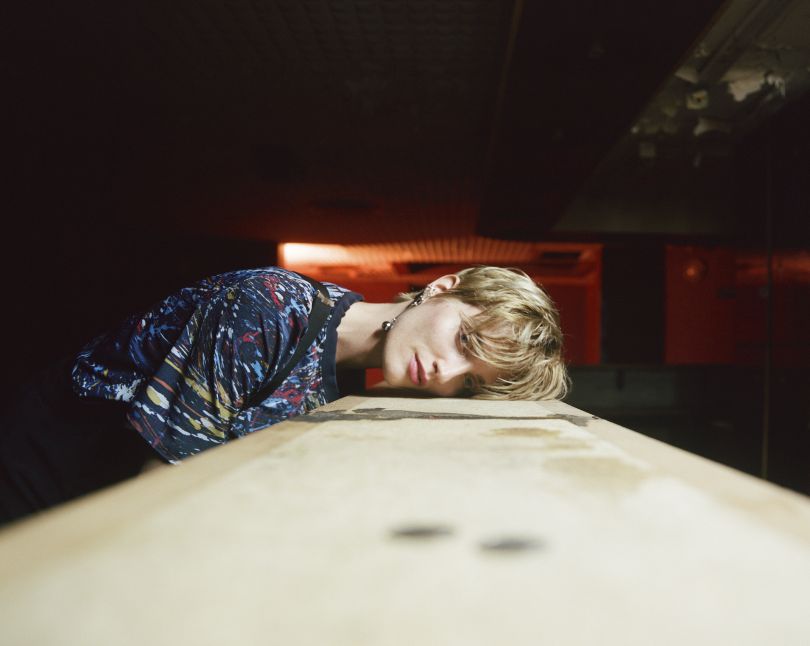
It all came about by chance. Having flown from New York to Ukraine in order to help her mother escape the country, photographer Ira Lupu had no intention of capturing images related to the ongoing war. However, once she was there, she realized that it was unavoidable. The photographs she took are now part of a series of images called Time of Phoenix, which is currently on display until 15 November at Wembley Park's new public, open-air exhibition. Featuring both signs of the war and moments of enjoyment, the photos are a uniquely hopeful vision of her home. This is a change of pace to the images of Ukraine we are bombarded with via the news, and Ira says that this "different essence" to mainstream media photographs is one of Time of Phoenix's strengths. "Looking at 'Conflict zone', it's a cold term, and a lot of photography we see coming from such 'zones' is objectifying, distancing and othering, if not exploitative," she tells Creative Boom.
Read Also: Elon Musk denies claim he spoke to Vladimir Putin about the war in Ukraine
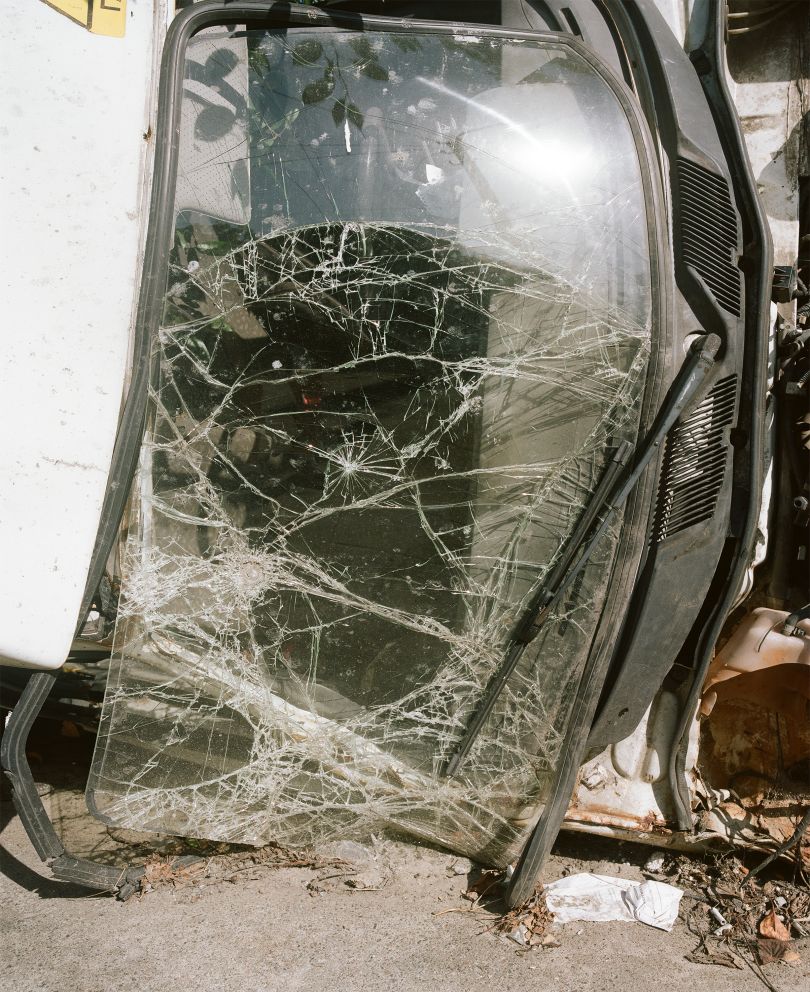
She adds: "It is because a lot of it is shot by people who don't really care – which ain't bad and doesn't make their work less important – but it gives it a particular veneer." Meanwhile, Time of Phoenix is inherently more intimate. It is presented from the viewpoint of a Ukrainian returning home after a long absence. As well as bearing witness to the enormous changes that have taken place there, the images also look to find "something dear and indispensable." Ira adds: "Every photograph I made is an epiphany and is full of love. I think it's important to show more imagery that allows the viewer to sustain an emotional connection, and thus understand and care about the issue more." A perfect example of this emotional connection can be seen in the exhibition's lead image, Self-portrait at Kuyalnyk estuary. Depicting a girl in a black dress and rainbow-coloured sneakers with a Ukrainian flag blowing over her face, this photograph instantly communicates the mood and feeling of the country. "This photograph conveys the idea of the Ukrainians being currently fully absorbed and, to a certain extent, blinded by the pressing matters of our homeland," Ira explains. "For most of us, it is all about Ukraine these days. We breathe Ukraine, even though it hurts as we have to breathe through unthinkable amounts of excruciating pain."
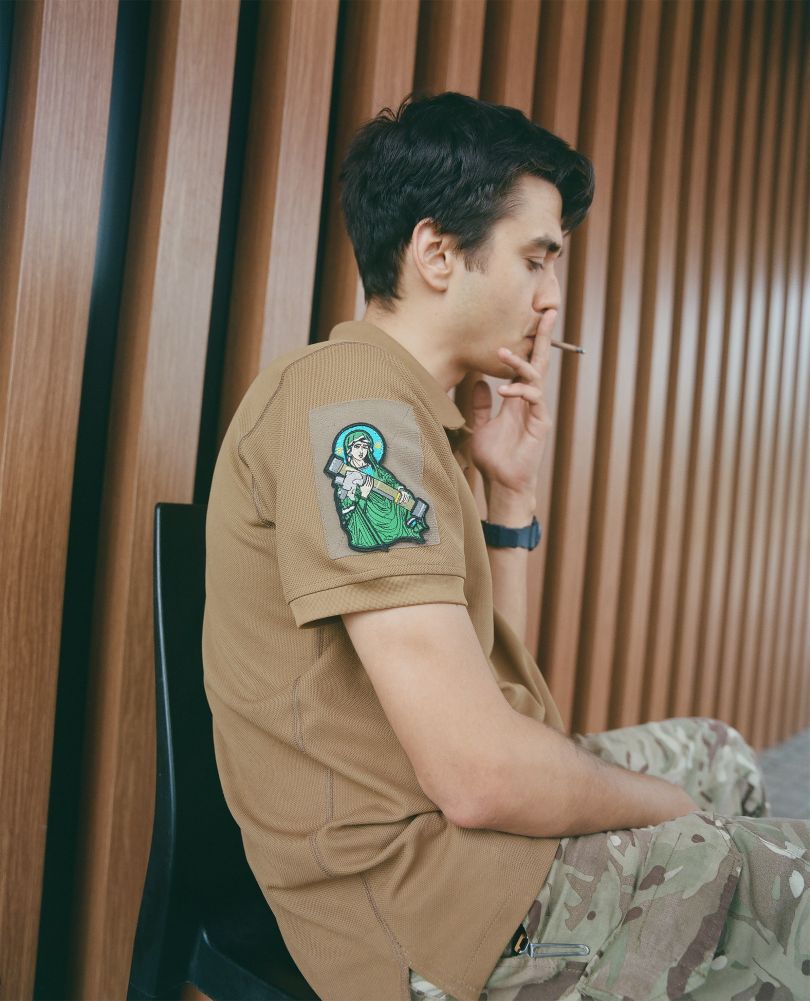
She adds: "We are frantically focused on the much-wanted culmination point - our upcoming victory, our ultimate integrity, an end to all the suffering, and then, hopefully, a new blooming chapter. I believe that the untroubled blue sky in this photograph is a hint of an optimistic outcome." The image is also a self-portrait of Ira taken with the assistance of a friend. On the flag is hand-written text that reads: "Ours is the truth. Ours is the victory". Ira adds: "Then, below it, 'Slava Ukraini', meaning 'Glory to Ukraine', and the name of the military unit that signed the flag (as a 'thank you' for the volunteering support.) These days, Ukrainians help the Armed Forces of Ukraine a lot because they protect our sovereignty and save lives and because everyone has a relative, a partner, or a friend on the front line." Originally from Odesa, Ira is a graduate of the International Centre of Photography and Viktor Marushchenko's School of Photography in Kyiv. Her work has been exhibited across the US and Europe in places such as Christie's London and Paris and Copenhagen Photo Festival. It has also been published in the New York Times, Vogue Italia, and the British Journal of Photography. For Time of Phoenix, though, her photos leave gallery spaces and the pages of magazines to interact with the public. Situated on eight double-sided photo panels, they are placed in a busy outdoor space and positioned in such a way that people walk by them in a line.
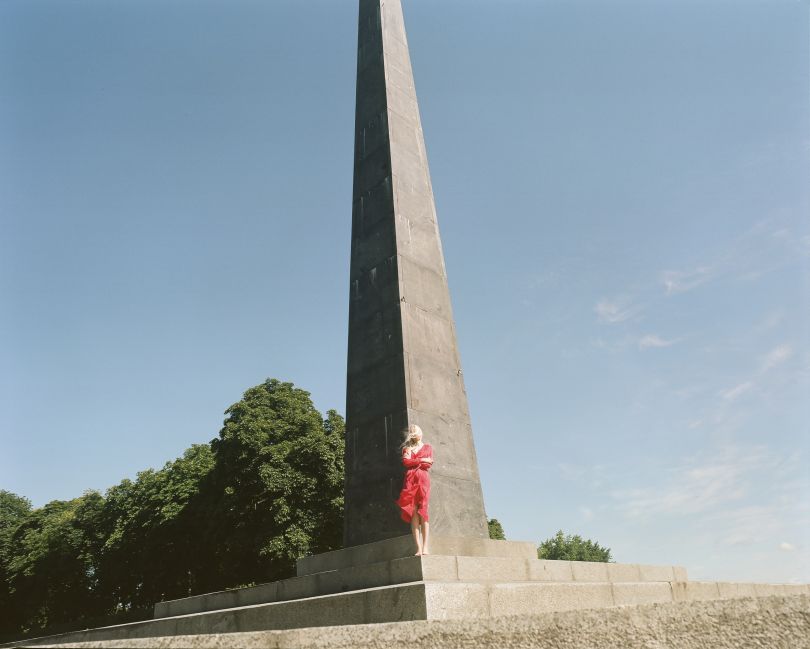
When deciding which photos would be featured in the exhibition, Ira said: "My goal was to work within the given limitations and opportunities and select photographs that would thrive in a given format. So I've tried to create an interconnected story where photographs rhyme and speak to each other as a group, both visually and conceptually, but where each photograph stands out by itself." And because the images would be in a crowded space, Ira followed the instinct to select more "attention-grabbing" photos. "For similar reasons, together with the Wembley Park team, we tried to include a good amount of pictures that have recognisable 'Ukrainian' visual clues," she adds. "So that the passersby can instantly 'read' it and understand what it's all about." Time of Phoenix is exhibited as part of a wider series called Visions of Home. Featuring site-specific installations and digital artworks, these pieces raise powerful messages from the perspective of Ukrainian artists. To see the full list of works and follow the trail, visit wembleypark.com.
